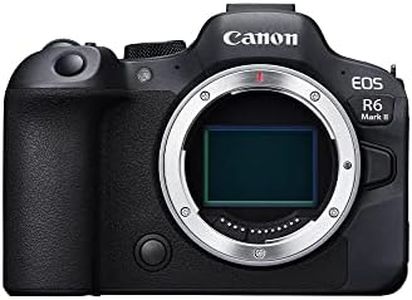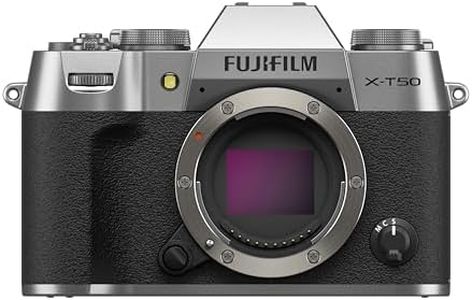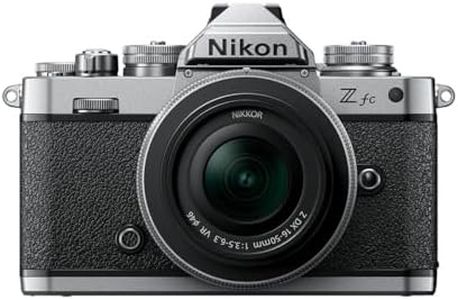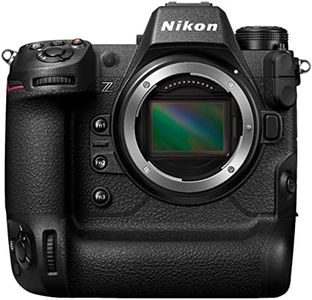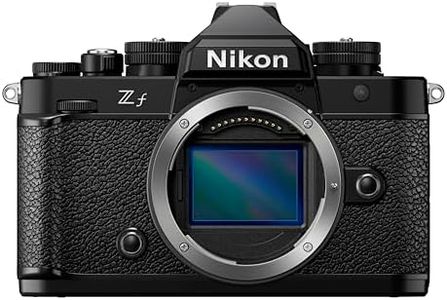We Use CookiesWe use cookies to enhance the security, performance,
functionality and for analytical and promotional activities. By continuing to browse this site you
are agreeing to our privacy policy
10 Best Mirrorless Cameras
From leading brands and best sellers available on the web.Buying Guide for the Best Mirrorless Cameras
Choosing a mirrorless camera is an exciting journey, as these cameras offer a great combination of image quality, portability, and advanced features. To make the best choice, you should think about what kind of photos or videos you want to take, how much you value compactness, and which features matter most for your personal or creative projects. By focusing on the key specifications and matching them to your needs, you can pick a mirrorless camera that will help you grow your skills and enjoy photography or videography.Sensor SizeSensor size determines how much light your camera can capture, which affects image quality, depth of field, and performance in low light. The main types are full-frame, APS-C, and Micro Four Thirds. Full-frame sensors are large and capture the most detail and perform well in lower light, making them ideal for professional work or serious hobbyists. APS-C sensors are slightly smaller, offering a balance of quality and portability—they’re perfect for most enthusiasts and general use. Micro Four Thirds sensors are the smallest, making cameras more compact and lighter, suitable for travelers or those who want the least bulk. Think about what matters most for your style: top-tier image quality and excellent low-light performance, or a lighter camera that’s easy to carry.
MegapixelsMegapixels refer to the total number of pixels your camera sensor uses to make an image. More megapixels mean larger, more detailed photos, which is helpful if you want to print big pictures or crop your images tightly. However, too many megapixels can mean bigger files and sometimes more noise in low-light shots. For everyday photography, anything around 16-24 megapixels is more than enough. If you plan to make large prints or do commercial work, higher resolutions—above 24 megapixels—can be useful, but aren’t always necessary for everyone.
Autofocus SystemThe autofocus system determines how quickly and accurately your camera focuses, especially on moving subjects. Key features include the number of autofocus points, speed, and reliability of eye or face tracking. More focus points and advanced tracking help with action shots, sports, or moving subjects like kids or pets. If you mostly capture still subjects or landscapes, a basic autofocus system will be sufficient. Choose a camera with a more advanced autofocus system if you expect to shoot lots of moving subjects or want better accuracy when the scene is unpredictable.
Continuous Shooting SpeedContinuous shooting speed, measured in frames per second (fps), tells you how many photos the camera can take in rapid succession. This matters for fast action, like sports, wildlife, or energetic kids. Entry-level cameras offer speeds around 5 fps, which is enough for casual bursts. Mid-range models go from 8-10 fps, fitting most amateurs who want to capture action now and then. Advanced cameras go above 10 fps, which is great for those who seriously want to freeze every moment.
Video CapabilitiesVideo features cover the resolution and frame rates your camera can record. Common benchmarks are Full HD (1080p), 4K, and sometimes 6K or 8K. Higher resolutions offer sharper, more detailed video, which is helpful if you plan to do a lot of editing or big screen presentations. For most casual users, 4K is more than enough, but 1080p is still suitable for basic family videos or home use. Check for extra tools like microphone inputs or in-body stabilization if you want to make better videos.
Viewfinder TypeA viewfinder lets you see and compose your shot. Mirrorless cameras use electronic viewfinders (EVF) or just the rear screen (LCD). EVFs show you exactly what the sensor sees, including exposure changes, which can help you get shots just right, especially in bright light. Some basic models only offer the rear screen, making them lightweight and simple but sometimes harder to use outdoors. If you like having your eye to a viewfinder or expect to shoot in sunny conditions, go for a camera with a quality EVF.
Lens Selection and CompatibilityLens selection refers to how many and what types of lenses are available for the camera. Some mirrorless systems have a rich choice of lenses, while others are more limited, especially newer systems. If you want versatility for different types of photography—portraits, landscapes, macro, or sports—check that there are lenses to match those needs and that the mount is widely supported. If you plan to stick to one versatile lens, this may be less important.
Image StabilizationImage stabilization helps reduce blur from shaky hands, especially when shooting in low light or using longer lenses. Some cameras have stabilization built into the body (in-body), letting you use it with any lens; others rely on stabilized lenses. If you want to shoot handheld in tricky conditions, or do a lot of video, built-in stabilization is a great help. For mostly tripod work or very short exposures, it isn’t as crucial.
Size and WeightMirrorless cameras are generally smaller and lighter than traditional DSLRs, but there’s still a range, depending on build quality and features. Lighter, more compact cameras are easier to carry around for travel or street photography, but sometimes have less grip or fewer manual controls. Heavier, larger cameras often offer more comfort during long shoots and more physical controls. Consider how much you’ll be traveling or carrying your camera each day and what feels comfortable in your hand.
Battery LifeBattery life in mirrorless cameras is usually shorter than in DSLRs, since electronics like EVFs and screens use more power. If you shoot for long stretches—such as events, all-day sightseeing, or long video shoots—look for cameras with above-average battery performance, or plan to carry spares. For occasional use, shorter battery life isn’t a problem as long as you can recharge or swap batteries as needed.
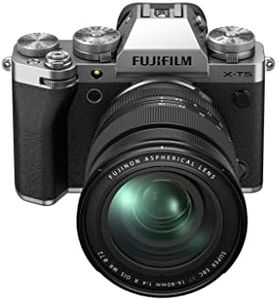
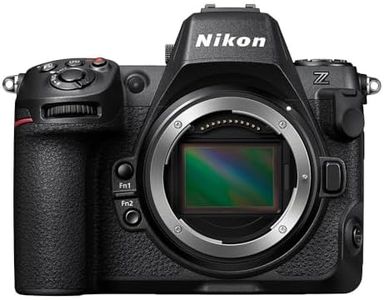

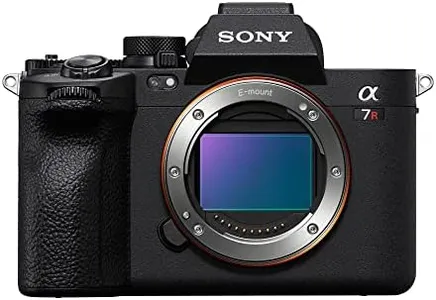
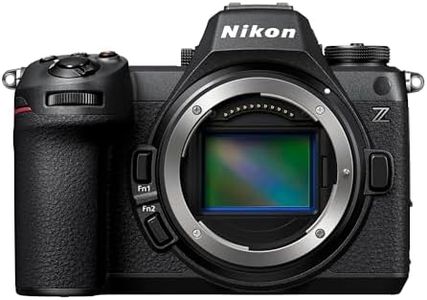
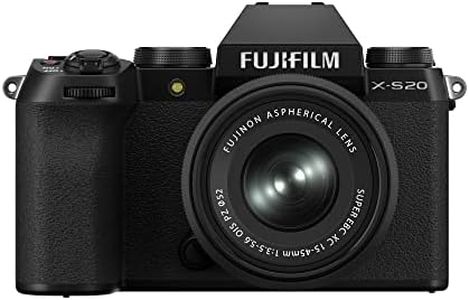

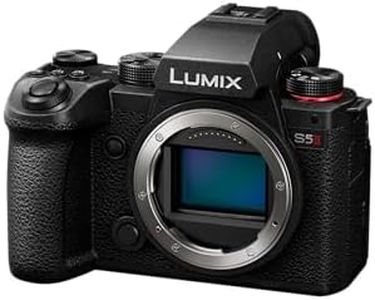
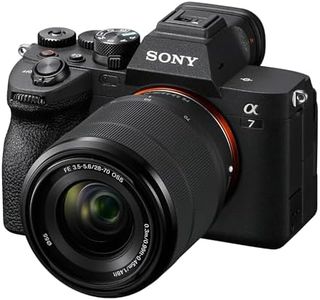
![Nikon Z 30 Mirrorless Camera + NIKKOR Z DX 12-28mm f/3.5-5.6 PZ VR Lens Kit [AU Version]](https://images-proxy.bestreviews.guide/ocJXksiRe7gjnxDlDa5IpQyQx1Q=/0x300/https://m.media-amazon.com/images/I/41LERr7u53L._AC_CX679_.jpg)
